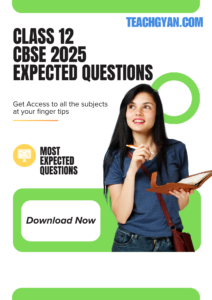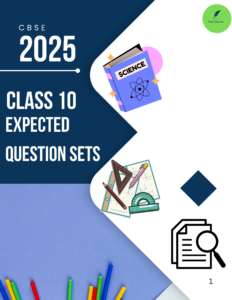In today’s fast-paced world, the traditional one-size-fits-all approach to education is rapidly becoming obsolete. With diverse student needs, learning styles, and paces, personalized learning is emerging as a game-changer, especially for students in classes 6 to 12. This approach tailors education to individual students, making learning more engaging, effective, and enjoyable.

What is Personalized Learning?
Personalized learning is an educational model that customizes instruction based on individual student’s strengths, needs, skills, and interests. Unlike the traditional classroom setting where every student follows the same curriculum and pace, personalized learning provides a unique pathway for each learner, ensuring they receive the right level of challenge and support.
Why Personalized Learning Matters
- Cater to Diverse Learning Styles: Every student learns differently. Some are visual learners, others auditory, and some are kinesthetic. Personalized learning accommodates these differences, providing resources and activities that align with each student’s preferred learning style.
- Pace and Mastery: Students can learn at their own pace. Faster learners can move ahead without feeling bored, while those who need more time to grasp concepts can do so without feeling rushed. This approach ensures mastery of subjects before moving on to more complex topics.
- Increased Engagement: Personalized learning often involves integrating students’ interests into the curriculum. When students see the relevance of what they are learning to their own lives and interests, they are more likely to be engaged and motivated.
- Enhanced Student Autonomy: Giving students a voice and choice in their learning process fosters independence and responsibility. They learn to set goals, monitor their progress, and develop self-discipline and time-management skills.
- Better Support for Diverse Needs: Students with learning disabilities, gifted students, and those with different socio-economic backgrounds can all benefit from personalized learning. Tailored instruction meets them where they are, providing the support or challenge they need to succeed.
Implementing Personalized Learning: Strategies and Tools
- Adaptive Learning Technologies: Technologies like AI-driven platforms can provide real-time feedback and adjust the difficulty level of tasks based on student performance. Tools like Khan Academy, DreamBox, and personalized learning software cater to individual learning paths.
- Blended Learning Models: Combining traditional face-to-face instruction with online learning allows for a flexible and personalized approach. Students can access resources and complete assignments at their own pace, while teachers can provide targeted support during in-person sessions.
- Project-Based Learning (PBL): PBL allows students to work on real-world projects that interest them. This approach not only personalizes learning but also develops critical thinking, problem-solving, and collaboration skills.
- Student-Centered Classrooms: Shifting from teacher-led instruction to student-centered learning environments encourages students to take an active role in their education. Techniques like flipped classrooms, where students learn new content at home and apply it in class, can be highly effective.
- Regular Assessment and Feedback: Continuous assessment helps track student progress and identify areas needing improvement. Personalized feedback guides students on their learning journey, helping them stay on track and motivated.
Challenges and Considerations
- Resource Intensive: Implementing personalized learning requires significant resources, including technology, training, and time. Schools must invest in the necessary infrastructure and support systems.
- Teacher Training: Educators need to be trained in personalized learning methodologies and tools. Professional development is crucial to ensure teachers can effectively implement and sustain personalized learning strategies.
- Equity Concerns: Ensuring all students have access to personalized learning opportunities, regardless of their socio-economic status, is essential. Schools must address issues of the digital divide and provide support to disadvantaged students.
Personalized learning is not just a trend; it is the future of education. By focusing on individual student needs, preferences, and pace, this approach transforms the learning experience, making it more engaging, effective, and inclusive. For students in classes 6 to 12, personalized learning can be particularly impactful, preparing them for academic success and lifelong learning.
As we continue to explore and refine personalized learning strategies, it is essential to involve all stakeholders—educators, students, parents, and policymakers—in the process. Together, we can create an education system that truly meets the needs of every learner.



